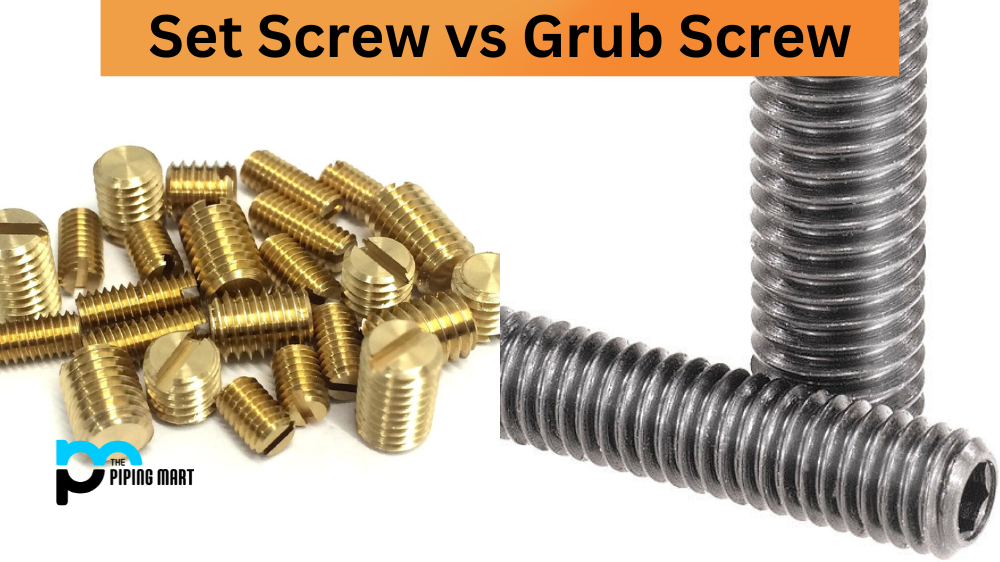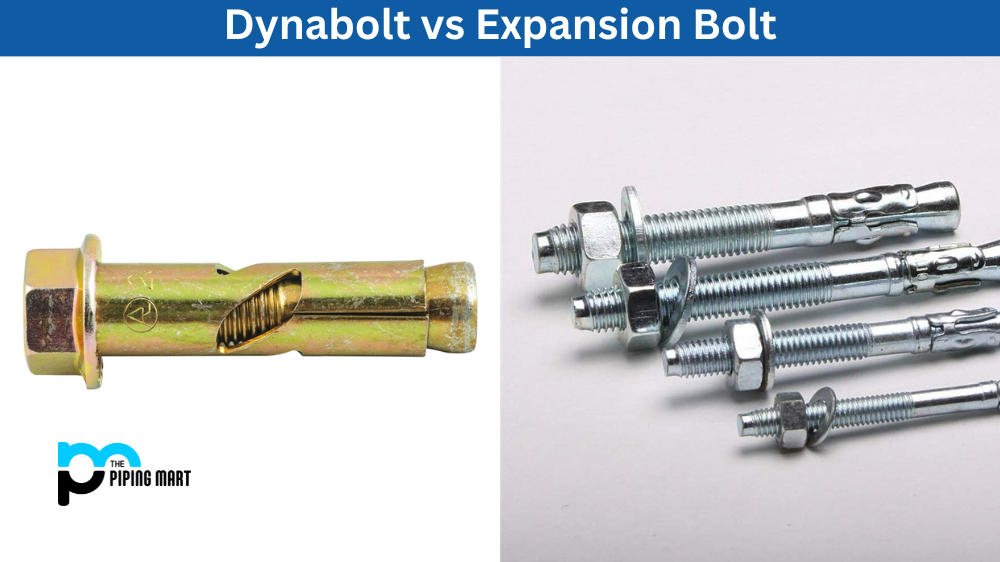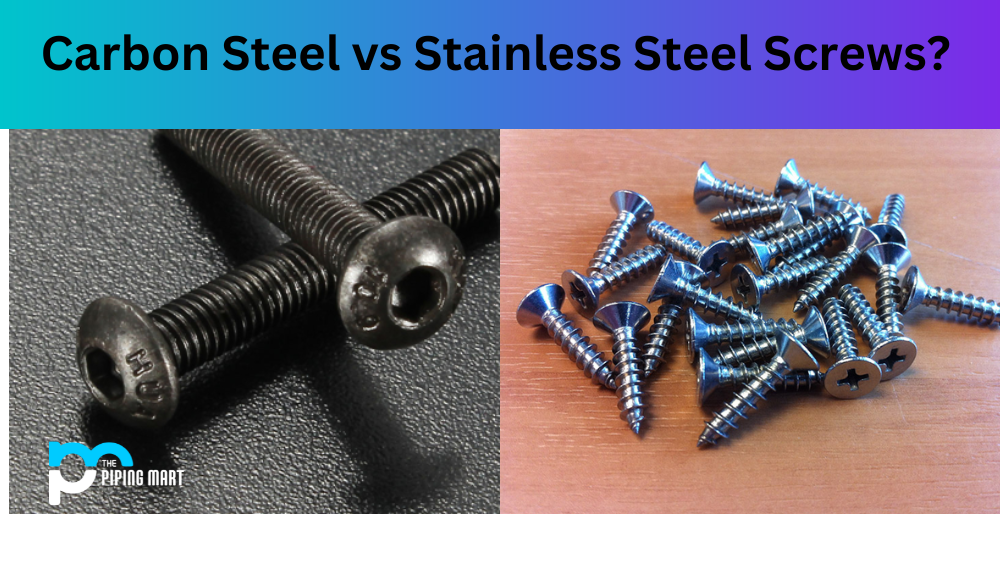In the world of fasteners, several types often get confused with one another. Two of the most commonly mixed-up pins are the set screw and the grub screw. While they may look similar, these fasteners have different uses and properties. Understanding the differences between the set screw and the grub screw can go a long way in ensuring that you are using a suitable fastener for your application. This blog post will explain the differences between set screws and grub screws and when each is most appropriate.
What is a Set Screw?
A set screw is a type of screw that is threaded along its entire length but does not have a head. Instead, it has a flat end designed to press against another surface, typically a shaft, to prevent it from moving. Set screws are commonly used in applications where a component needs to be secured to a post or rod, such as gears, pulleys, and bearings. Set screws come in various lengths, diameters, and shapes, including cup point, cone point, flat point, and knurled point. Cup and cone points are most commonly used for applications with a secure grip, while flat points are used in applications requiring a flush fit.
What is a Grub Screw?
A grub screw, on the other hand, is a type of set screw explicitly designed to be tightened by an Allen wrench or hex key. Grub screws are used to secure components to shafts, just like set screws, but are smaller and have less surface area. They are often used in applications where a more prominent head would interfere with other components. Grub screws also come in various shapes, including cup point, cone point, and flat point.
Difference Between Set Screw and Grub Screw
When to Use a Set Screw vs Grub Screw
Set screws are typically used to secure a component to a shaft or rod when a large amount of force is required, such as in heavy machinery or equipment. They are also helpful when a feature needs to be adjusted frequently or a secondary member is used to engage with the set screw. Grub screws, on the other hand, are used in situations where a secure grip is necessary, but space is tight, or a more prominent head would be in the way. Grub screws are also used in applications where a component must be adjusted frequently, but a standard screwdriver or other tool cannot be used.
How to Choose the Right Screw for Your Application
Choosing the right screw for your application is critical to ensure your component remains securely fastened. If you are unsure whether you should use a set screw or a grub screw, consider the application’s requirements carefully. Look at the space available, the materials used, and the force applied. If unsure, consult a fastener expert to help select the correct screw.
Other Differences
- A set screw is a type of screw that is used to secure an object in place.
- A grub screw is a type of screw that is used to secure an object in place.
- Set screws are made from steel, while grub screws are made from brass.
- Set screws are typically longer than grub screws.
- Set screws have a head that is flush with the surface of the object they are securing, while grub screws have a leader that protrudes from the surface.
- Set screws are tightened with a wrench, while grub screws are tightened and loosened with an Allen key.
- Set screws are typically used in applications where it is essential that the screw not loosen over time, while grub screws are typically used in applications where it is not as important that the screw not loosen over time.
- Set screws are typically more expensive than grub screws
Conclusion
In conclusion, the set screw and grub screw may look similar but have different properties and uses. Set screws are used when a firm grip is needed, while grub screws are used in tight spaces or where a large head would be in the way. Understanding the differences and selecting the right screw for your application can help you achieve better results and prevent damage to your machinery or equipment. If you need help choosing the right screw for your project, consult a fastener expert who can help you make the right choice.




